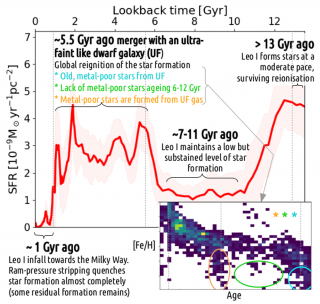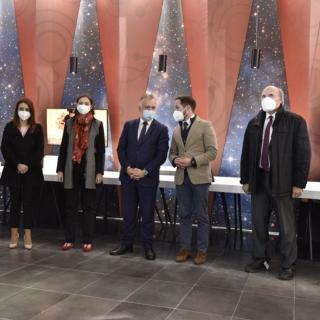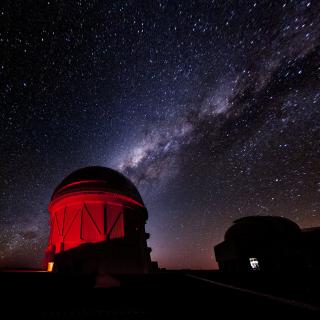
La madrugada del 4 de enero el proyecto europeo Interreg EELabs retransmitirá la lluvia de meteoros de las Cuadrántidas desde el Observatorio del Teide, del Instituto de Astrofísica de Canarias, a través del canal sky-live.tv. Las Gemínidas y las Cuadrántidas son, junto a las Perseidas, las lluvias de meteoros más intensas del año, con una actividad que roza los 100 meteoros por hora (ZHR, tasas horarias cenitales) y que se mantiene constante año tras año (actividad cuadrántidas año 2021 en IMO). La noche del 3 al 4 de enero, además, será un momento óptimo para la observación de esta lluvia
Advertised on




